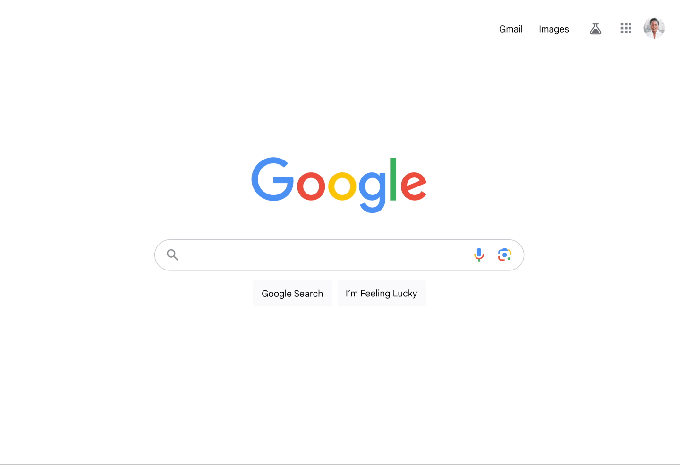TL;DR:
- Google’s SGE (Search Generative Experience) now enables users to generate images through prompts, expanding its capabilities similar to rival Bing’s DALLE-E 3.
- Image generation is also integrated into Google Image search results, offering users the option to create custom images.
- To address concerns about inappropriate content, access to the image generation feature is limited to users aged 18 and older.
- Google has implemented stringent filtering policies to prevent the creation of harmful, misleading, or explicit images.
- AI-generated images are labeled with embedded metadata and invisible watermarking to enhance transparency.
- SGE’s writing assistant feature now allows users to produce drafts of varying lengths and tones, catering to different communication needs.
- Both image generation and draft writing features offer convenient export options to Google Workspace apps and Google Drive.
Main AI News:
In the dynamic landscape of AI-driven search experiences, Google’s SGE (Search Generative Experience) has embarked on an evolutionary journey, ushering in a host of transformative capabilities. This AI powerhouse, which initially introduced a conversational mode in Search, is now stepping into the realm of image generation, bringing to the fore a functionality akin to its rival, Bing, which embraces OpenAI’s DALLE-E 3.
The latest enhancement empowers SGE users to conjure up images by inputting specific prompts directly within the SGE interface. Whether you seek a drawing, photograph, or painting, SGE effortlessly crafts four image results, seamlessly integrated into the conversational experience. Users have the flexibility to download these creations as .png files or even modify the original prompt to engender a fresh set of visuals. Underpinning this feature is Google’s cutting-edge Imagen text-to-image model.
Notably, this image generation prowess extends its reach to Google Image search as well. While sifting through image search results, if the desired image remains elusive, users can now summon a new image by employing prompts from a dedicated box that appears within the search results.
However, in light of previous instances where AI image generation led to inappropriate content, Google has instituted certain precautions. Access to this image generation feature is restricted to users aged 18 and older, despite SGE’s recent expansion to include teenagers in the US, aged 13-17. Google is diligently focusing on responsible technology deployment, implementing stringent filtering policies to deter the creation of images that could be detrimental, misleading, or explicit. Additionally, it’s taking steps to prevent the spread of misinformation by blocking the generation of images featuring photorealistic faces and prompts referencing notable individuals.
It’s worth acknowledging that individuals often find ingenious ways to push the boundaries of AI image generation tools, creating content that may be obscene or shocking. This challenge isn’t exclusive to Google; other tech giants have also grappled with similar issues recently.
Recognizing that perfection is an elusive goal, Google has opted for an opt-in approach through Google Search Labs. Users are encouraged to provide feedback when the technology doesn’t meet expectations or is misused. Despite the inevitable imperfections, Google believes its stringent filters will perform admirably, potentially leading to more encountered blocks than one might anticipate.
To enhance transparency, the AI-generated images will be equipped with embedded metadata that unmistakably labels them as AI creations, alongside invisible watermarking powered by SynthID, a collaborative effort between Google Cloud and Google DeepMind.
The second remarkable addition to SGE centers on its role as a writing assistant. Beyond its initial capability to provide written drafts, designed to assist users in composing emails or messages related to their search findings, SGE now offers diversified writing outputs. Users can opt for shorter or more extended drafts, tailoring the tone to their preference, be it serious or casual.
Furthermore, both new features, alternate drafts and image generation, offer convenient export options within SGE. Written content can be seamlessly exported to Google Workspace apps such as Gmail or Google Docs, while the generated images find a home in Google Drive.
These groundbreaking features are poised to roll out, commencing tomorrow, to a select group of SGE users. Subsequently, they will gradually expand their reach to encompass a wider user base in the coming weeks. While these innovations are initially available in English within the United States, it’s worth noting that SGE has recently made its debut in India and Japan, hinting at a promising future on a global scale.

Source: Google
Conclusion:
Google’s SGE enhancements mark a significant step in the evolution of AI-driven search experiences. The introduction of AI image generation and flexible draft writing capabilities enhances user engagement and productivity. However, the focus on responsible technology deployment and content filtering underscores the importance of ethical AI use in the market, particularly when dealing with sensitive visual content.

